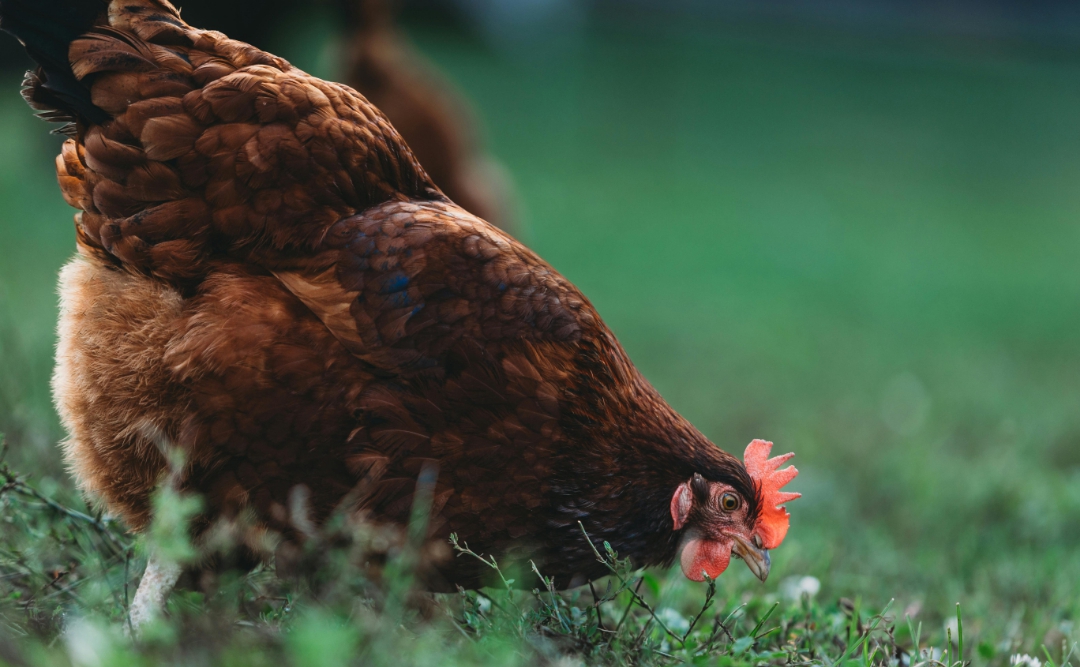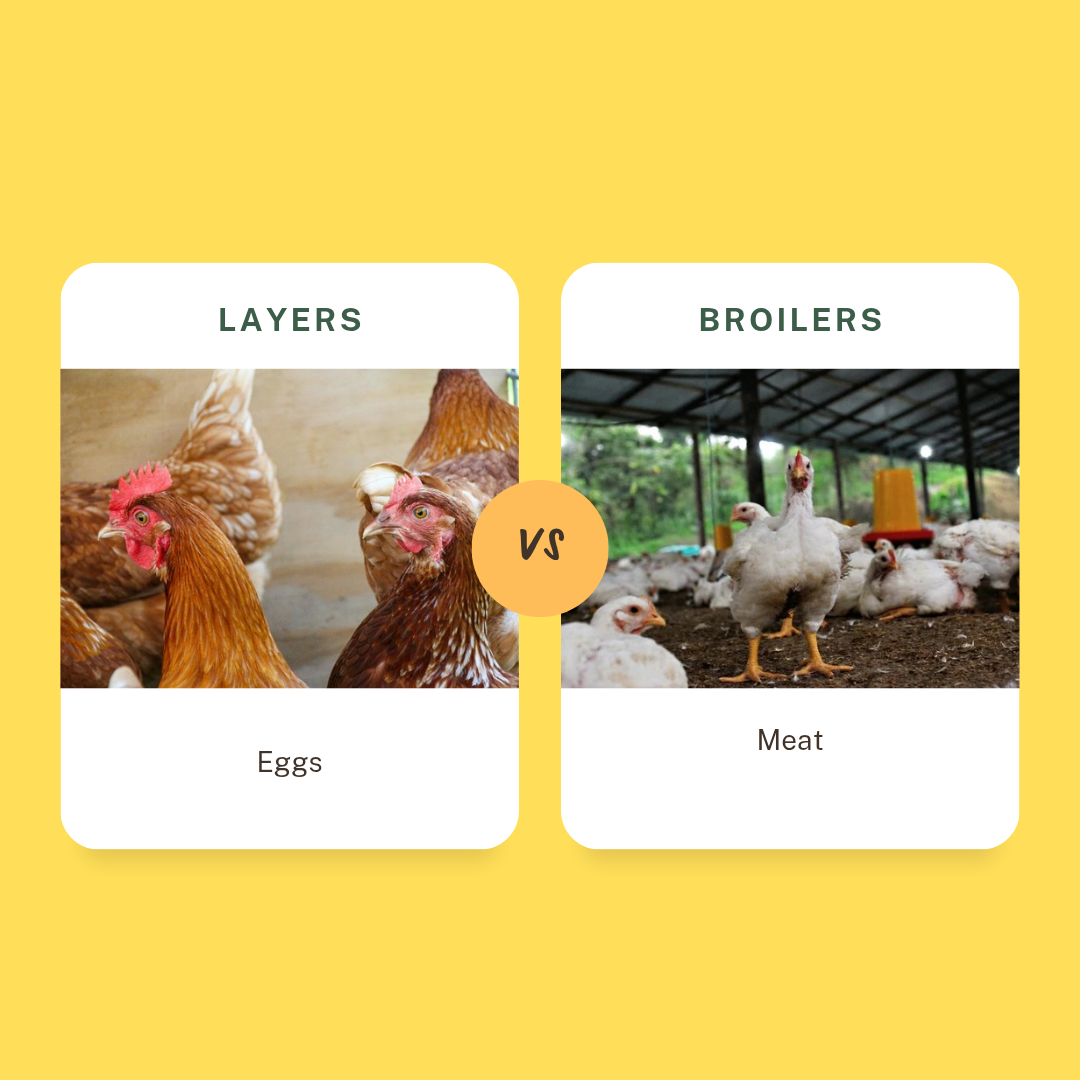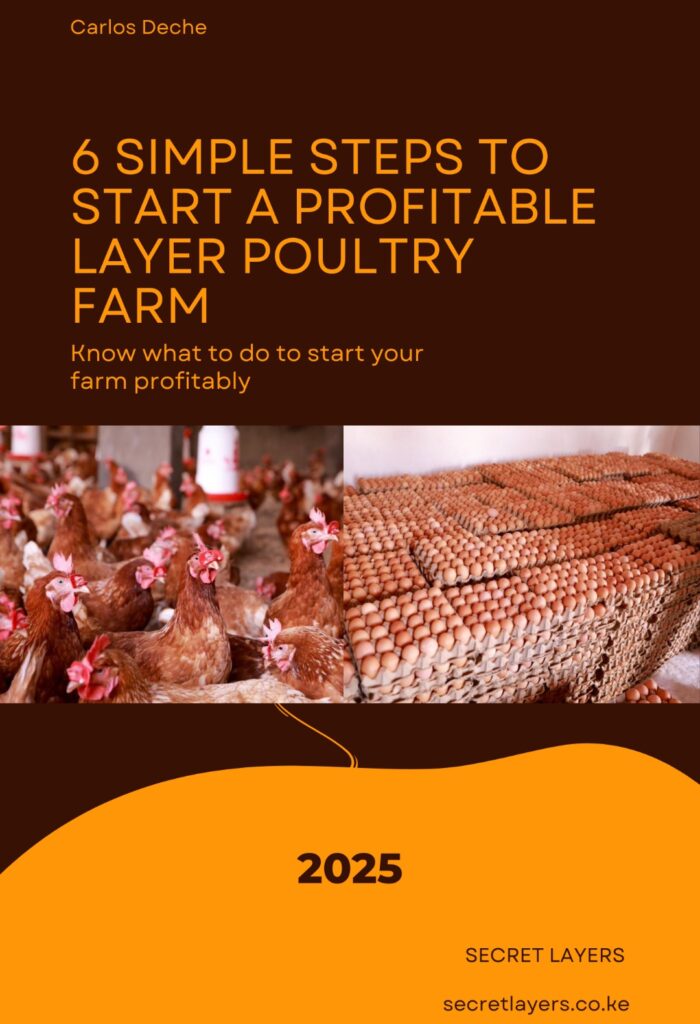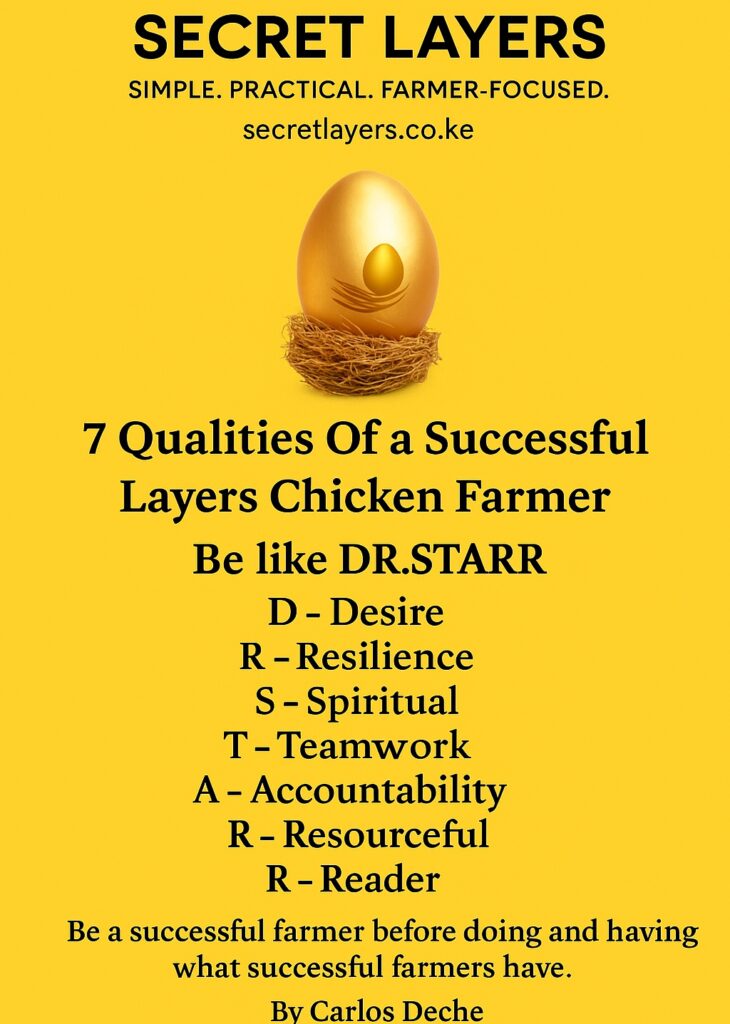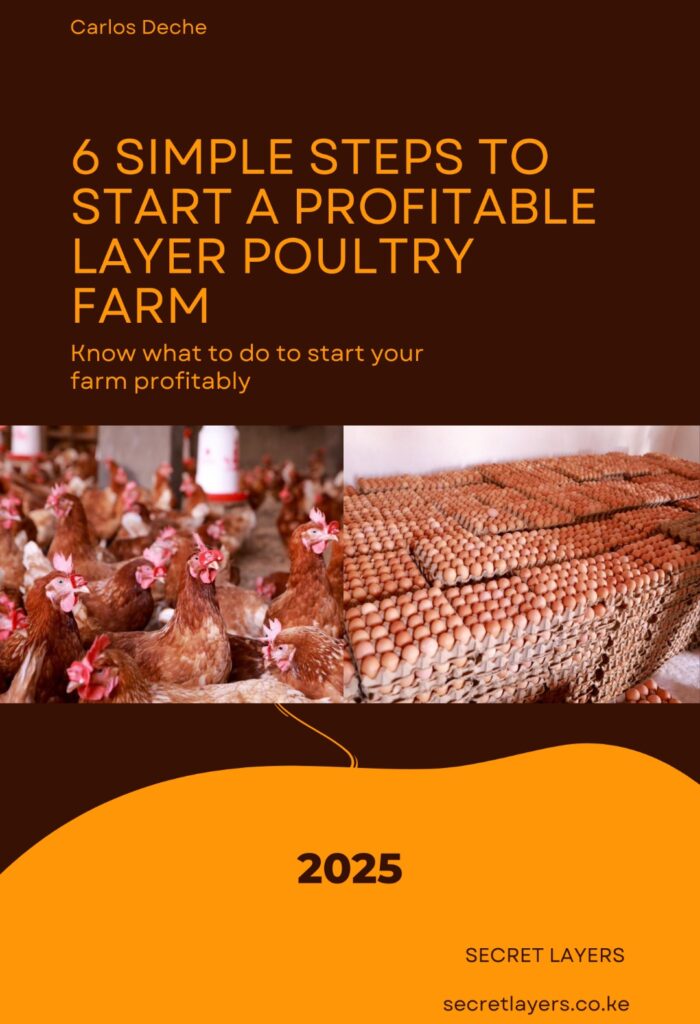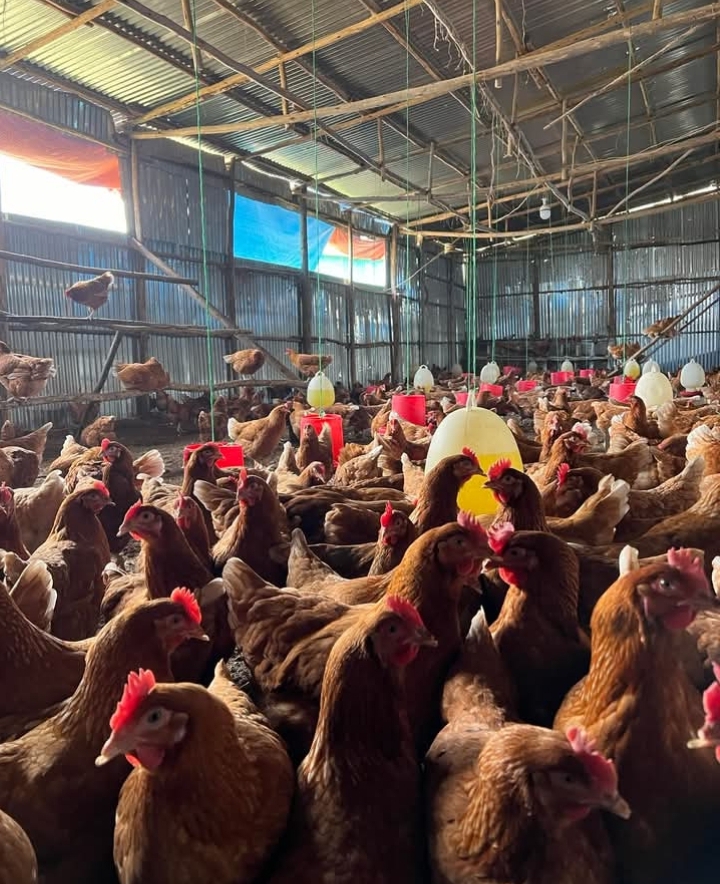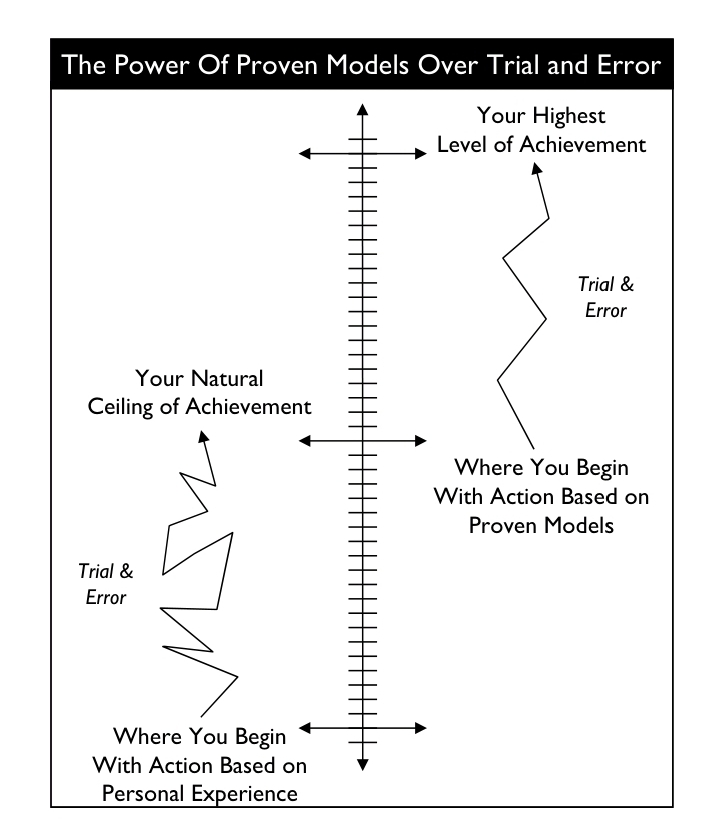Brooding can feel like the scariest monster in poultry farming, yet receiving day old chicks doesn’t have to be terrifying if you know exactly what to do. Many farmers give up—or never start—because they fear brooding.
It is the most sensitive period in a chicken’s life, just like the first 28 days for humans.
The first day especially is critical. On day one, a small mistake can turn your joy into despair if all your chicks die. But I don’t want that for you. If you’ve read the 28 Equipment List and How to prepare for day old chicks arrival,now you must be ready for the moment your day old chicks arrive. This post walks you through receiving day old chicks, step by step, so there’s no guesswork when your chicks arrive (or when you pick them).
1. Pre-heat the brooder
Since day old chicks lack enough feathers, you need to control the brooding temperature carefully. Brooding is a temperature-sensitive phase, especially on day one.
Heat the brooder 2 to 3 hours before the chicks arrive. Aim for about 30–33 °C (this may vary by region and supplier).
If it’s cool, use your heat source; if hot, increase ventilation by adjusting windbreakers or openings.
2. Prepare glucose in water
Transport stresses chicks. They might arrive dehydrated and weak. So before they arrive, mix glucose in water. This gives them quick energy and helps them recover from the journey.
This simple act may mean the difference between 100% survival and full mortality. Be ready—this solution must already be in place when the chicks arrive. Consult your vet for recommended doses.
3. Count your chicks
Once your day old chicks arrive, first count them. Whether the supplier brings them or you pick them up, counting ensures you got the number you ordered. Some may die during transit, so count.
Some suppliers often compensate or replace dead chicks later.
4. Weigh your chicks
Weighing helps track uniform growth. Though the hatchery may have done this, it’s best practice to weigh again on your farm. For most breeds, a day-old chick should weigh around 45 grams. Record this as your baseline for later comparisons.
5. Dip their beaks in water
When placing chicks into the brooder, gently dip their beaks into the glucose water. This teaches them how to drink and helps them find the water.
If you have helpers, have them assist in this step so it’s efficient and calm.
6. Introduce feed
Allow the chicks 2–3 hours after arrival to hydrate and calm down. Then begin introducing feed. Use brooder paper (newspapers, carton, etc.). Put feed in their feeders and also sprinkle some on the paper so they can see and find it easily. Within a short time, they’ll move to the feeders on their own.
7. Monitor crop fill
Several hours later (and then at least twice that day), check the crop of each chick. The crop is that small pouch in their neck. Inspect it to confirm they are feeding and drinking.
Full & soft → good (they ate and drank)
Empty → no feed or water yet
Full & hard → ate but did not drink
Full & very soft → drank but not ate
Your goal: at least 80% of chicks with full and soft crops indicates most chicks have found water and feed.
8. Provide light
Chicks need light to find feed and water. During day one of brooding, ensure there is enough light—even if they arrive in the evening or in darkness.
For layers, start with ~21 hours of continuous light for a few days, then gradually reduce to 14–16 hours daily.
9. Monitor closely

Receiving day old chicks is just the start. The real work lies in ongoing care. Monitor:
Brooder temperature
Feed and water intake via crop checks
Growth (weigh daily or often)
Mortality
Consistent monitoring separates good farmers from those who rely only on remote advice.
10. Vaccinate
If your chicks weren’t vaccinated against Marek’s disease at the hatchery, make sure you do it on day one. This vaccine protects them from a deadly viral infection that causes paralysis and poor growth. Always confirm with your supplier, and if it hasn’t been done, call your vet to administer it immediately.
Don’t delay this step—it’s one of the most important early protections for your day old chicks.
This guide gives you a clear, step-by-step plan for receiving day old chicks. No confusion, no guesswork. Yes, some chicks might die—that’s expected—but with this approach, mortality should be far lower than going in blind.
As you get started, I also encourage you to think ahead: how will you add value to your eggs? Check my 6 proven ways to add value to your eggs post.
Register now for free for the Layer Chicken Digest to get more practical tips and updates via email.
See you next Friday!
carlosdeche4040@gmail.com
secretlayerske@gmail.com
